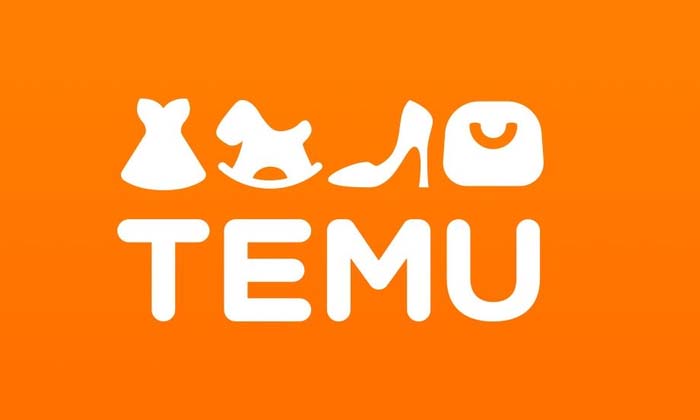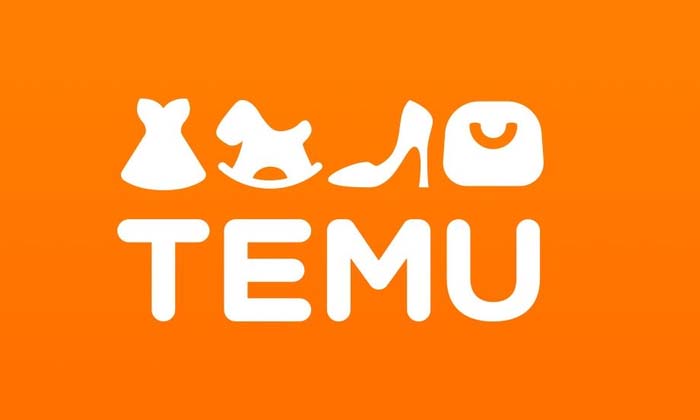High-resolution images can slow down loading times, negatively impacting SEO and user satisfaction. Therefore, mastering the use of an effective image size converter and understanding the best practices for image optimization are key skills. This article explores top tools and tips for efficiently converting image sizes.
Why Optimize Image Sizes?
Optimizing images involves reducing file sizes without compromising quality. This process enhances website speed, which is critical for user engagement and search engine rankings. Faster loading times can lead to better user experiences, lower bounce rates, and improved SEO performance. Moreover, optimized images save bandwidth, making your site more accessible to users with slower internet connections.
Top Tools for Image Size Conversion
1. Adobe Photoshop
Adobe Photoshop is a powerful tool for image editing and resizing. It allows precise control over image dimensions and quality settings. By using the "Save for Web" feature, you can adjust the image size, resolution, and format to achieve the desired balance between quality and file size.
2. GIMP
GIMP (GNU Image Manipulation Program) is a free and open-source alternative to Photoshop. It offers robust image resizing capabilities and supports various file formats. GIMP's "Scale Image" function lets you adjust the dimensions and resolution, making it an excellent choice for those seeking a cost-effective solution.
3. ImageOptim
ImageOptim is a Mac-specific tool designed to compress images without losing quality. It supports formats like PNG, JPEG, and GIF. By dragging and dropping images into the application, you can quickly reduce file sizes, making it a convenient option for batch processing.
4. TinyPNG
TinyPNG is an online tool that uses smart lossy compression techniques to reduce the file size of PNG and JPEG images. It is user-friendly and requires no software installation. Simply upload your images to the website, and TinyPNG will compress them while preserving transparency and quality.
5. Squoosh
Developed by Google, Squoosh is a web-based application that offers advanced compression options. It supports various formats and allows you to compare the original and compressed images side by side. Squoosh provides detailed settings to fine-tune compression levels, making it ideal for optimizing images for the web.




